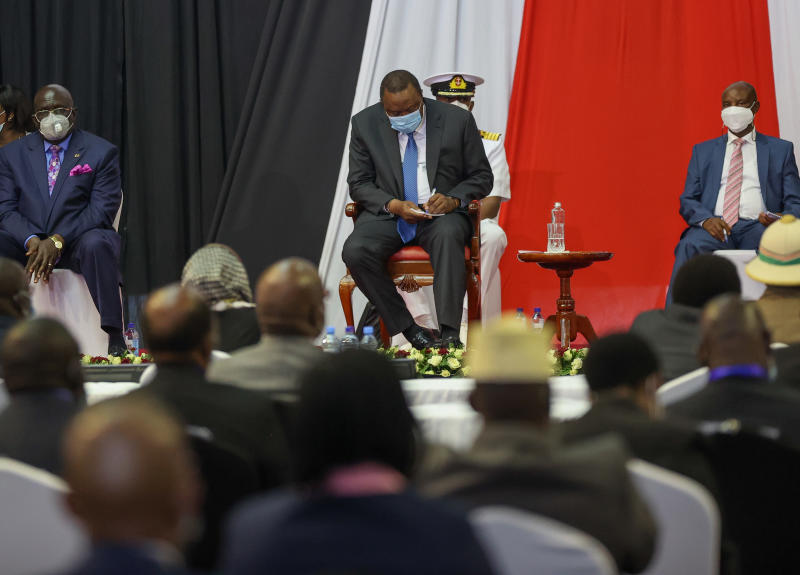×
The Standard e-Paper
Home To Bold Columnists

This past week, the revelation that is the Competency-Based Curriculum (CBC) was further laid bare as a structures, policies and implementation report was presented to President Uhuru Kenyatta.
At the official handover of the report, President Uhuru Kenyatta termed it as a turning point in our education system, and rightfully so.